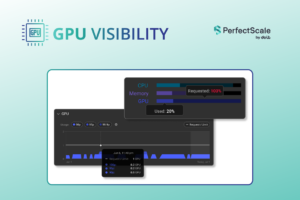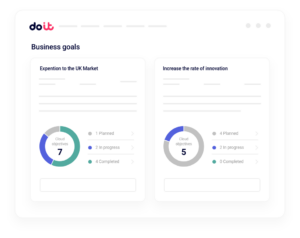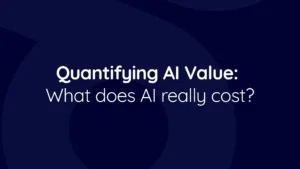Tools won’t fix what mindset hasn’t changed.
Most FinOps conversations eventually circle back to one hard truth:
It’s not a tooling problem—it’s a culture problem.
Even in enterprises with clean tagging, cost allocation, and great dashboards, adoption stalls. Why? Because awareness doesn’t equal accountability. And visibility doesn’t mean action.
As one speaker put it: “We had the right data and tools. But people still didn’t care.”
This came up in sessions led by companies like Starbucks and Pepsi, where the focus wasn’t on advanced optimization—it was on how to build buy-in across finance, engineering, and leadership. And how to do it in a way that’s measurable and repeatable.
Key takeaways from those conversations:
- FinOps isn’t self-executing. You can’t just “turn it on.” Getting finance to understand things like pod autoscaling—or helping engineers align with COGS targets—requires translation, not just education.
- Stop defaulting to cost cutting. Slashing cloud spend by 20% isn’t a strategy. The smarter question is: what are we getting for our cloud investment—and could we get more by investing more?
- Involve more stakeholders early. FinOps can’t sit in isolation. It needs engineering, product, finance, and execs at the same table. Not just to report on outcomes—but to influence decisions before they’re made.
- Don’t make “shift left” a burden. The goal isn’t to dump more responsibility on engineers. It’s to embed FinOps context into tooling and workflows—so smart choices happen without friction.
Ultimately, the goal is a system where FinOps is so embedded, so normalized, that cost-smart decisions happen without a champion chasing them. That’s not just cultural change—that’s operational maturity.
Watch the full video clip above to hear how leading teams are making that transition.


